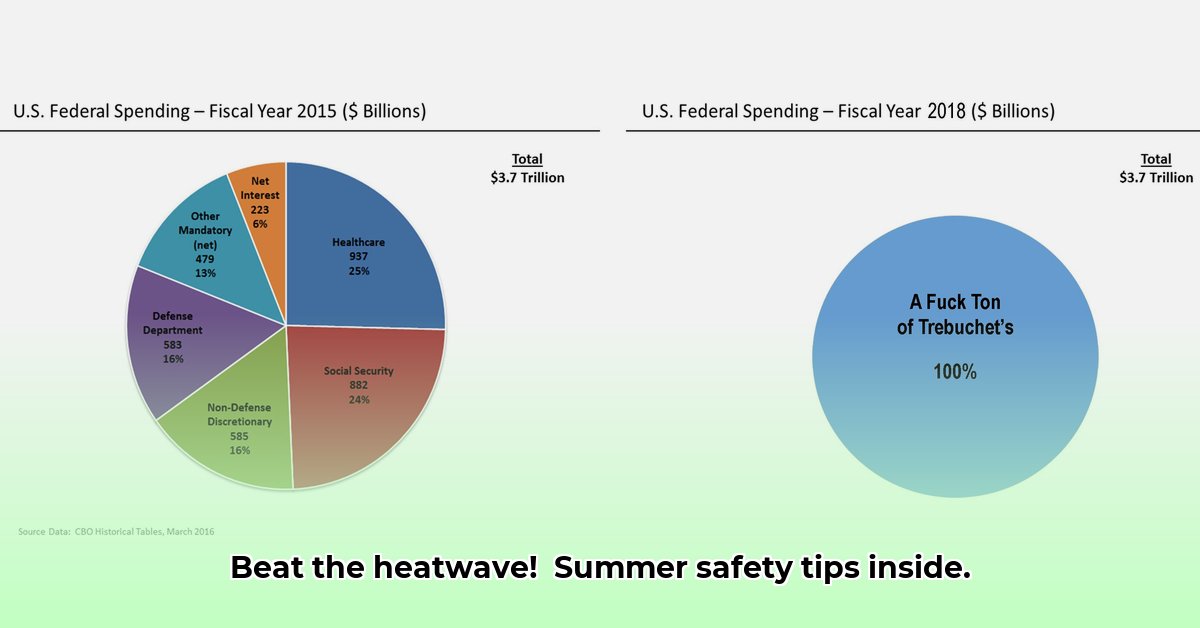
Understanding the Heat
Eish, it's a scorcher out there! A moderate high-temperature warning means the heat is seriously on, and we need to be sharp. This isn't just about grabbing a lekker cold drink; it's about protecting your health and wellbeing. This warning is your signal to take precautions, particularly if you or someone you know is vulnerable to heat. The South African Weather Service (SAWS) and various provincial meteorological offices issue these warnings, using a system that signals escalating risk levels. A moderate warning is like a yellow traffic light – not an emergency, but a clear indication to proceed with caution.
Who's at Risk?
The heat doesn't affect everyone the same. Ouma's and oupa's (grandparents), toddlers, and anyone with existing health conditions like heart or lung problems are particularly vulnerable. People living in areas without reliable air conditioning or access to cool spaces are also at higher risk. Even our furry friends are susceptible to heatstroke. Remember, everyone’s body reacts differently to heat. It’s crucial to be extra vigilant for those most at risk.
Staying Safe: Practical Steps
Here’s how to stay cool and safe:
Hydrate Continuously: Don't wait until you're thirsty. Sip water regularly throughout the day. Avoid sugary drinks and excessive caffeine; they can actually dehydrate you further. Water is your best bet.
Limit Sun Exposure: During the hottest parts of the day (usually midday), minimise time outdoors. Seek shade whenever possible. If you need to be outside, do it during cooler periods – early mornings or late afternoons.
Dress Smart: Wear light-coloured and loose-fitting clothes. Light colours reflect sunlight better than dark colours, while loose clothing improves air circulation.
Look After Your Neighbours: Show some ubuntu (human kindness) and check on elderly neighbours, relatives, or anyone who might need help. Ensure they have enough water and are staying cool.
Listen to Your Body: Pay attention to how you feel. Symptoms of heatstroke include dizziness, headaches, nausea, rapid heartbeat, and confusion. Seek immediate medical help if you or someone you know experiences these symptoms.
Cool Down Strategically: Use fans, air conditioners, or cool showers or baths to lower your body temperature. A cool damp cloth on your neck or forehead can also help.
Protecting Your Home: Beat the Heat Indoors
Keep your home cool with these simple steps:
- Curtains and Blinds: Draw your curtains and blinds during the day to block out the sun’s heat.
- Wise Fan Use: Fans improve air circulation, but aren't a substitute for air conditioning in extreme heat. Use your air conditioner wisely if you have one.
- Kitchen Considerations: Avoid using ovens and stoves during the hottest times of the day to prevent adding extra heat to your home.
Planning Ahead: Be Prepared
A moderate high-temperature warning gives you time to prepare. Check your local weather forecasts and alerts regularly. Having a plan in place can save lives.
Building Long-Term Heat Resilience: A Community Effort
Heatwave preparedness isn’t just about surviving the current heat; it’s about building resilience for the future. Local governments need to create more green spaces, improve infrastructure, and provide more public cooling centres, especially in lower-income areas. This is a shared responsibility; even small actions can make a big difference.
Stay Informed: Your Safety Matters
Your local weather service (SAWS) is your primary source for updates. Stay informed; it's crucial during a heat warning. Remember, taking preventative measures during a moderate high-temperature warning isn't just about personal safety; it's about building a stronger, safer community. Let's work together to stay cool and safe this summer!